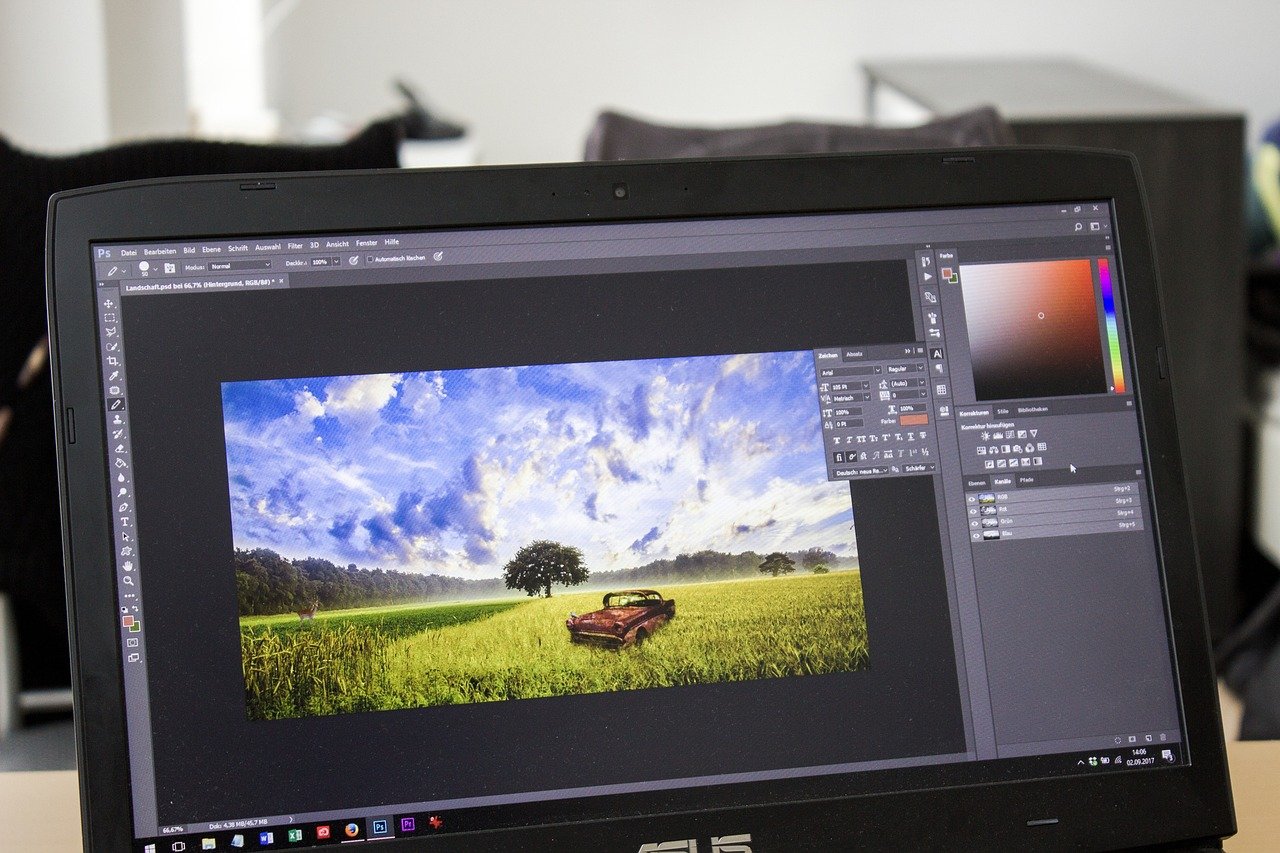Photography Tips: Expert Photography Tips for Stunning Shots Photography is a beautiful blend of art…
Photography Editing: Tips and Tools for Post-Processing
Photography is more than just capturing a moment; it’s about perfecting that moment through careful editing and post-processing. Whether you’re a seasoned photographer or just starting, understanding the ins and outs of photography editing is crucial. In this article, we’ll dive deep into essential tips, explore the most popular tools, and discuss advanced techniques that will elevate your photography to the next level.
Understanding Post-Processing in Photography

Definition and Purpose
Post-processing refers to the techniques and methods used to enhance or alter images after they’ve been captured. It allows photographers to correct mistakes, enhance colors, and add artistic flair to their images. Think of it as the final polish that makes a photo shine.
The Role of Editing in Photography
While capturing a great shot is essential, editing can make or break a photo. It’s in the post-processing stage that you can adjust lighting, correct color balance, and even remove unwanted elements. Editing is what helps transform a good photo into a masterpiece.
Essential Photography Editing Tips
Tip 1: Start with a Good Base
Before diving into editing, ensure your photo is well-composed and correctly exposed. A strong base image will make the editing process smoother and more effective.
Tip 2: Master Exposure Adjustments
Exposure adjustment is one of the most basic yet crucial aspects of editing. Ensure your highlights aren’t blown out, and your shadows aren’t too dark. Finding the right balance can dramatically improve your image.
Tip 3: Color Correction and Balance
Getting the colors right is vital. Use tools to adjust the white balance, saturation, and vibrance. Proper color correction ensures your photo looks natural and appealing.
Tip 4: Sharpening and Clarity
Sharpening enhances the details in your photo, making it crisper. However, be cautious—over-sharpening can lead to a grainy and unnatural look.
Tip 5: Use Cropping Effectively
Cropping isn’t just about cutting away parts of the image; it’s about improving composition. Use cropping to focus on the subject and remove distracting elements.
Popular Tools for Post-Processing
Adobe Lightroom
Lightroom is a go-to tool for many photographers. It’s user-friendly and offers a wide range of editing options. From basic adjustments to advanced color grading, Lightroom has it all. One of its strengths is non-destructive editing, allowing you to revert to the original image at any time.
Adobe Photoshop
Photoshop is the powerhouse of editing software. It’s ideal for complex edits, including retouching, layer manipulation, and creating composites. While it has a steeper learning curve than Lightroom, the results are unmatched for those who master it.
Capture One
Capture One is renowned for its color accuracy and tethered shooting capabilities. It’s a favorite among professional photographers who need precise control over their images. The software also offers excellent organization tools, making it easier to manage large collections of photos.
GIMP
GIMP is a free, open-source alternative to Photoshop. While it might not have all the features of its paid counterparts, it’s incredibly powerful for a free tool. GIMP is great for photographers on a budget who still want to achieve professional-level edits.
Luminar Neo
Luminar Neo is known for its AI-powered tools that simplify the editing process. From sky replacement to AI structure enhancement, Luminar Neo offers unique features that can save time and deliver stunning results.
Advanced Post-Processing Techniques
Using Layers and Masks
Layers and masks are powerful tools that allow for non-destructive editing. They give you the flexibility to make changes without permanently altering the original image. Layers are especially useful for complex edits where you need to apply different effects to different parts of the image.
Dodging and Burning
Dodging and burning are techniques used to adjust the exposure in specific areas of an image. Dodging makes areas lighter, while burning makes them darker. These techniques are great for adding depth and dimension to your photos.
High Dynamic Range (HDR) Editing
HDR editing involves combining multiple exposures of the same scene to create an image with a broader range of lighting. This technique is particularly useful for scenes with a significant contrast between light and dark areas.
Noise Reduction
Noise, which appears as graininess in photos, is often a result of shooting in low light. Noise reduction tools help smooth out the image, but be careful not to overdo it, as it can lead to a loss of detail.
Post-Processing Workflow Tips
Organizing Your Workflow
A well-organized workflow is key to efficient editing. Start by categorizing and tagging your photos. This makes it easier to find specific images later on.
Batch Processing Techniques
Batch processing allows you to apply the same edits to multiple photos simultaneously. This is a huge time-saver, especially when working with large sets of images that require similar adjustments.
Maintaining Consistency in Edits
Consistency is crucial, especially if you’re editing a series of photos for a project or portfolio. Ensure your edits align with the style and tone you’re aiming for across all images.
Common Post-Processing Mistakes to Avoid
Over-Editing

Less is often more when it comes to editing. Over-editing can make your photos look unnatural. Strive for subtle enhancements that still retain the essence of the original image.
Ignoring White Balance
White balance is crucial for accurate color representation. Ignoring it can lead to photos with strange color casts, which can be difficult to correct later.
Over-Saturation
While boosting colors can make a photo pop, too much saturation can make it look fake. Aim for a natural look that enhances the photo without overwhelming it.
The Future of Photography Editing Tools
AI and Machine Learning in Post-Processing
AI and machine learning are revolutionizing photography editing. Tools are becoming smarter, helping photographers make quicker and more precise edits. AI can assist in everything from automatic background removal to intelligent cropping suggestions.
Mobile Editing Apps
With advancements in mobile technology, editing on the go has never been easier. Apps like Lightroom Mobile and Snapseed offer powerful editing tools right on your smartphone, allowing you to make professional-quality edits without a computer.
Cloud-Based Editing Solutions
Cloud-based solutions are making it easier to collaborate on projects and access your photos from anywhere. Services like Adobe Creative Cloud offer seamless integration between desktop and mobile editing, ensuring your work is always within reach.
Conclusion
Post-processing is an integral part of photography that can significantly enhance your images. Whether you’re using advanced techniques or sticking to basic edits, the key is to experiment and find what works best for your style. With the right tools and tips, you can take your photography to the next level, creating images that truly stand out.
Frequently Asked Questions (FAQs)
1. What is the best tool for beginners in post-processing?
For beginners, Adobe Lightroom is an excellent choice due to its user-friendly interface and powerful editing capabilities.
2. How do I maintain the quality of my photos after editing?
To maintain quality, always edit in a non-destructive manner, use RAW files when possible, and avoid over-compressing your images during export.
3. What is the difference between RAW and JPEG in editing?
RAW files contain more data and allow for greater flexibility in editing, while JPEG files are compressed and may lose some detail.
4. How often should I update my editing software?
It’s a good idea to update your software regularly to take advantage of new features, improvements, and security patches.
5. Can I achieve professional results with free editing tools?
Yes, free tools like GIMP and Darktable offer robust features that can produce professional-quality edits, especially when combined with a solid understanding of editing techniques.




